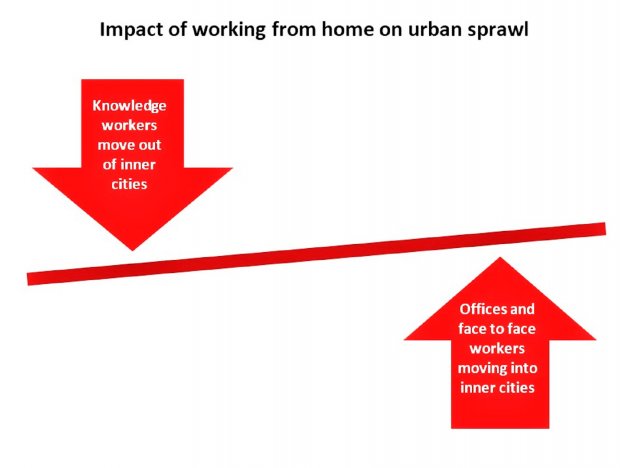Impact of working from home on airport planning

Australian study suggests increasing concentration of air travel in the largest "knowledge worker" cities.
James Lennox from the Centre of Policy Studies at Victoria University shares his research on the impact of working from home on urban development, using a statistical model with 250 geographies and 38 job occupation groups. This could have long term impacts on airport and route planning, as well as getting airline passengers from catchment areas to the airports and business centres.
Key Points
- Nearly 30% of the working population can work from home (WFH). This includes Services, IT, knowledge professionals in Government and Administration – using a statistical model with 250 different geographic locations and 38 job roles in Australia.
- Where both partners in a household can WFH, they can move from the inner city to outer suburbs and adjoining rural areas, creating a larger urban sprawl. This will take up to 20 years to play out as households move for various reasons (e.g. migration, marriage, graduation, etc)
- Any reduction of demand for inner city real estate as knowledge workers move out (allowing for once a week commute for face to face meetings) will put downward pressure on inner city rents, allowing face to face workers (e.g. retail, health, education) to move to the inner city, as well as making it cheaper for more companies to set up in the inner city.
- At the same time, these companies will have a larger catchment area/ access a greater number of skilled workers, due to the ability to work from home and only come to the office intermittently.
- Likeminded businesses tend to congregate together for productivity, cross fertilisation, innovation, hence the big cities likely to win from knowledge worker employment growth. In the Australian example, this includes Sydney, Melbourne, Brisbane and Canberra.
- These cities are more likely to benefit from increased wealth, business and leisure travel, as well as discretionary spending (food, entertainment)
- Airlines are more likely to focus even more on the largest cities with business growth.
- Airports and cities with 5G and driverless vehicle facilities can allow WFH workers to travel overnight to the airport or office in a self-driving sleeping pod, allowing workers to commute overnight and arrive in the morning for business/ leisure travel or for a full day of meetings.
For more information, please listen to the podcast here, from the 19th minute onwards - https://ab.co/2D6Wqlc


